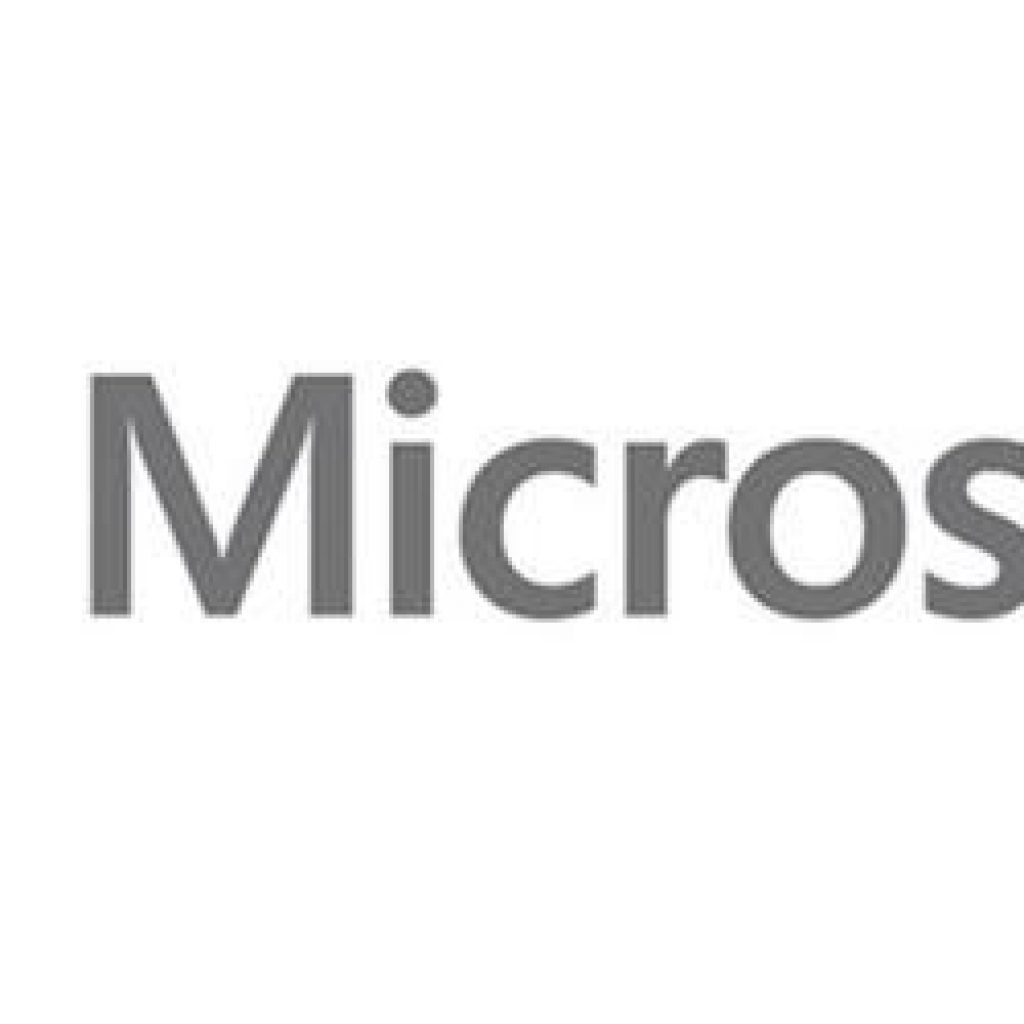(TomsHardware) In a lengthy discussion, discusses Microsoft Research’s announcement of a major breakthrough in its quantum computing pursuit — the foundation for a new type of qubit, one which had never left the world of theory before… and still hasn’t. Inside Quantum Technology summarizes here:
Microsoft ultimately still hasn’t produced devices based on its new qubit design but is adding credence to their feasibility with proofs produced by immense simulations within and without Microsoft’s Azure Quantum cloud infrastructure. Microsoft’s research into quantum computing focuses on a special, exotic type of qubit, topological qubits, that it has touted as its vehicle into the future of quantum since 2016.
Topological qubits were initially proven to exist in a 2018 Nature magazine publication and then disproven, as the original researchers retracted the article “for insufficient scientific rigour in our original manuscript.”
Microsoft knows what is at stake with its choice of qubits – and was already deep into its research when the entire drama surrounding the paper exploded. Perhaps because of this, Microsoft is keen to defend its results: The company’s research wing had one separate team for analyzing the output data precisely to avoid confirmation bias.
Now, Microsoft is not only demonstrating that topological qubits are on the verge of becoming a reality: the company says they are ultimately the only currently valid bet for sustainable, scalable (to the tune of millions of harnessed qubits), and ultimately meaningful quantum computing.
“The qubits of today are not going to be the basis of the quantum computers of tomorrow,” Microsoft DIstinguished Engineer Chetan Nayak told Ars Technica.
Microsoft’s topological qubit design features a U-shaped wire with a Majorana zero mode at each end, thus providing physical separation, in proximity to a quantum dot. This quantum dot serves as a control mechanism because its capacitance changes whenever it interacts with either of the Majorana zero modes, which allows it to be measured. This is the part Microsoft still hasn’t figured out: its design still hasn’t incorporated a quantum dot.
“We are now led by designs that are based on simulations, not just someone batting ideas around in a conference room,” said Nayak. “And now we have the unique growth and fabrication technologies to bring those ideas to life. It doesn’t matter if you have the best designs in the world — if you can’t make them, they just stay on paper.”
It seems that Microsoft’s intention of being a hardware provider goes way beyond Xbox and its devices division — the company wants to be the one to provide the fundamental hardware for quantum computing systems, both for on-premises installations and in cloud environments. Microsoft’s quantum hardware could very well end up powering a hypothetical Apple “iQuantum” product. In theory, of course.
